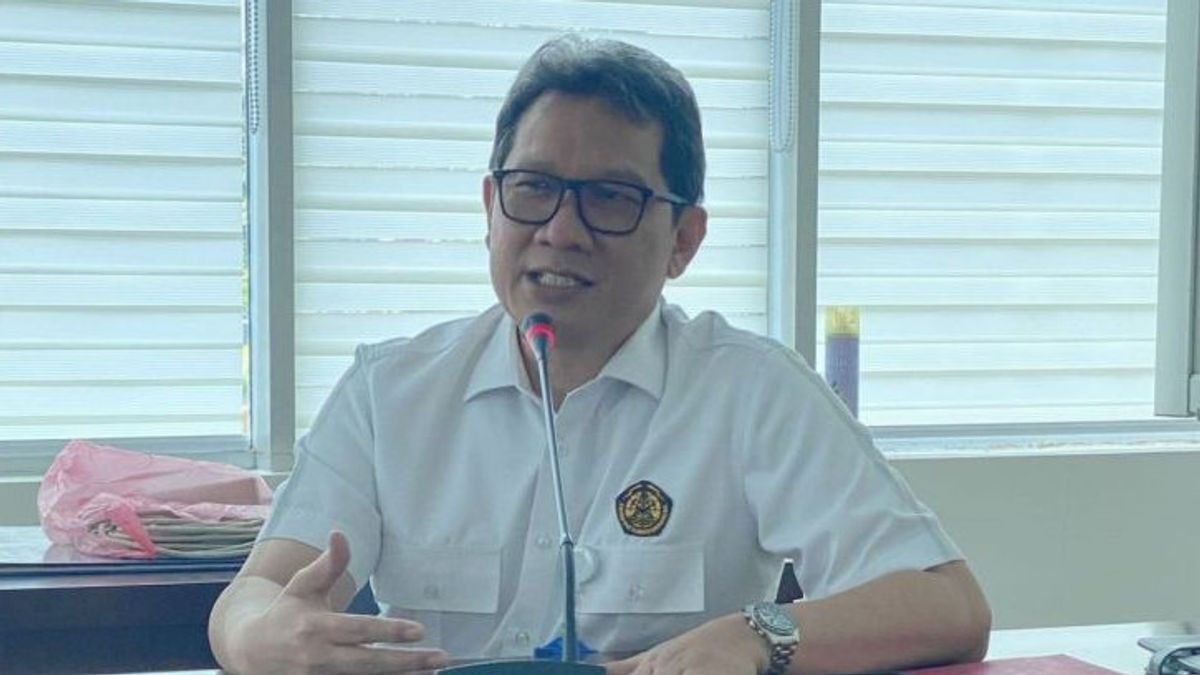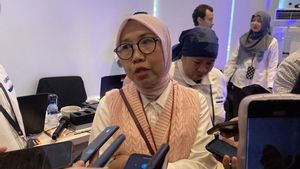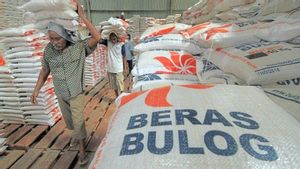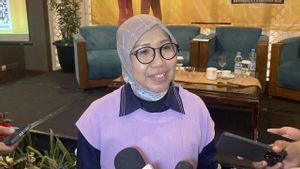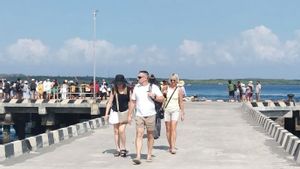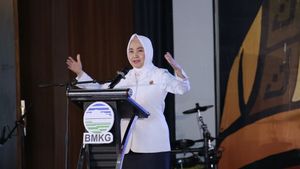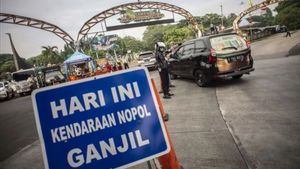JAKARTA - Head of the Ministry of Energy and Mineral Resources (ESDM), Mustafid Gunawan, said that his institution helped significantly achieve national oil and gas production targets.
According to him, currently, the government is still maintaining hope to meet the oil production target of one million barrels per day by 2030, one way is to use the right technology.
"As an oil and gas testing unit under the Directorate General of Oil and Gas at the Ministry of Energy and Mineral Resources, we have contributed to providing the best service for the upstream oil and gas sector through processing 2D and 3D seismic data," said Mustafid in his statement in Jakarta, quoted from Antara, Thursday, March 28.
He said the development of technology is currently accelerating, thus having a positive impact on the underground imaging method with the discovery of a 3D or three-dimensional seismic method.
"Imaging carried out under the surface with 3D seismic technology will produce better and more informative images that will make it easier to interpret seismic results," he explained.
Mustafid also revealed that 3D seismic technology has been applied and used by Indonesian geologists to explore whether or not there is oil reserves underground.
This technology has also been implemented by LEMIGAS as an effort to find oil and gas reserves.
LEMIGAS, he said, provides 2D and 3D seismic data processing services both in PSTM (domain time) and PSDM (depth domain).
Currently, LEMIGAS is also doing 3D seismic data processing work in the Rokan Block with a total area of 1,216 km2 consisting of 3D PSTM seismic data and PSDM in the Pager-Si Cold area with an area of 876 km2.
Then, 3D PSTM and PSDM seismic data for the Ubi-Sikladi area with an area of 127 km2 and 3D PSTM and PSDM seismic data for the Bangko area with an area of 213 km2.
Each of these seismic data, he said, would be combined (merge) to get a more integrated image of the subsurface.
"Given that the processed data is quite large and must be processed with the most efficient time possible, the LEMIGAS has a parallel computing infrastructure of up to 1,024 threads," said Mustafid.
SEE ALSO:
In addition to seismic data processing work, the hardware is also used for seismic quantitative interpretation work, which is based on machine learning, deep learning, and geostatics.
Mustafid added that seismic methods have helped a lot in determining drilling points and oil and gas exploration.
Although structural traps are increasingly difficult to find, he continued, seismic methods will play a more role in the form of stratographic mapping, fracture reservoirs, and other forms in Indonesia.
Mustafid also mentioned several seismic data processing work that had been carried out, including 2D PSTM seismic data in the Bose-West Timor area; 2D PSTM seismic data in the Peri Mahakam area; 2D PSTM seismic data in the Sangkar area, East Java; 2D PSTM seismic data in the Bone area, South Sulawesi; and 2D combined seismic data and 3D PSTM in the Tarakan area, North Kalimantan.
The English, Chinese, Japanese, Arabic, and French versions are automatically generated by the AI. So there may still be inaccuracies in translating, please always see Indonesian as our main language. (system supported by DigitalSiber.id)
